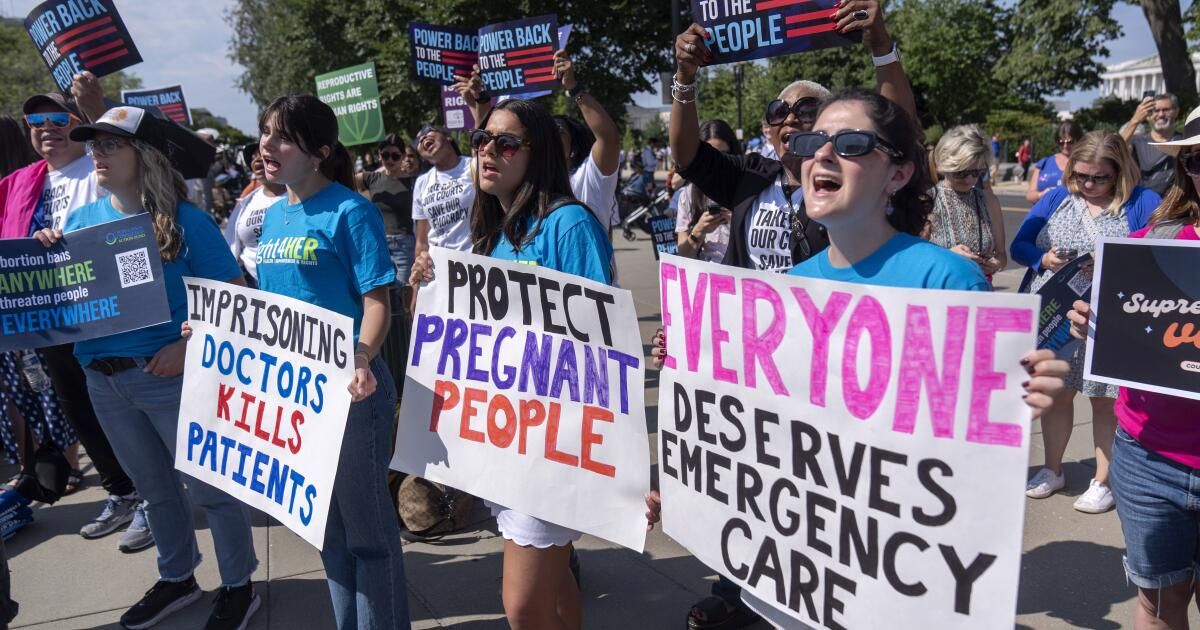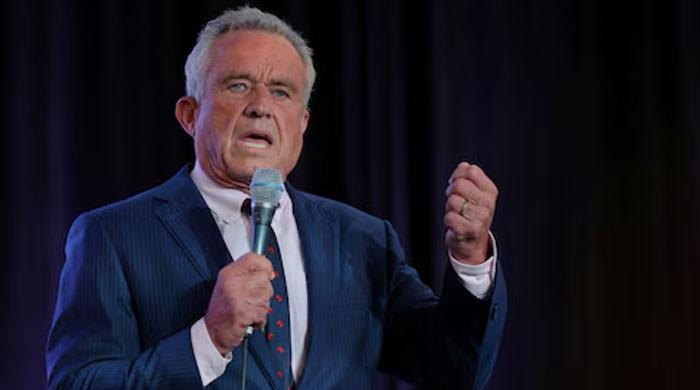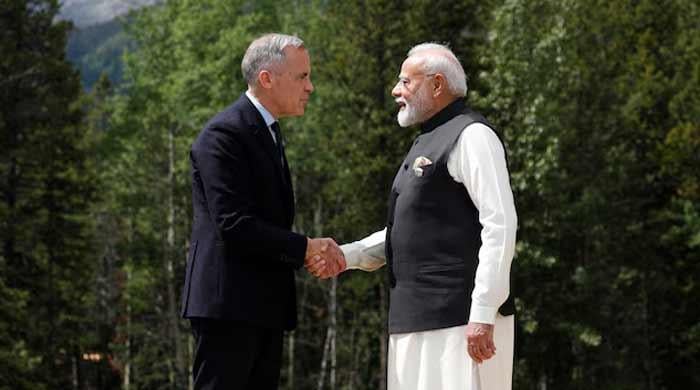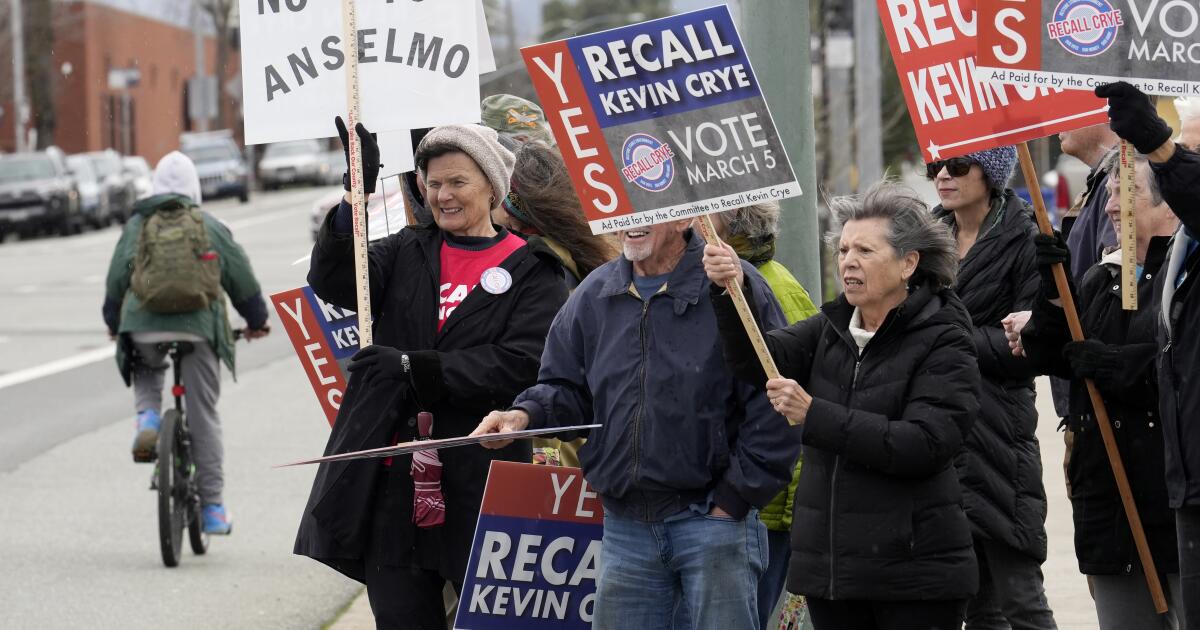Emergency access to abortion has been a flashpoint in the chaotic aftermath of the Supreme Court's 2022 strikedown of the right to terminate a pregnancy in Dobbs v. Jackson Women's Health Organization.
Can states deny women the care they need to preserve their health after Dobbs, or does federal law provide some protection to patients?
In January, the Supreme Court agreed to hear two cases testing whether the federal Emergency Medical Treatment and Labor Act (EMTALA) could override Idaho's strict state ban on abortion. Idaho has some of the narrowest exceptions to its ban in the country: allowing doctors to intervene only when there is a health threat. lifenot the health, of the patient. The Biden administration argued that federal law provided broader protection and trumped the state ban. But on Thursday, the justices decided they had taken up the issue too soon, dismissing the cases as “recklessly granted” and sending them back to the 9th U.S. Circuit Court of Appeals.
In practical terms, Thursday's ruling means that a district court order in Idaho that agreed with the administration on EMTALA is back in effect: Emergency access to abortion will be protected in the state, at least for the time being.
At first it may seem that abortion supporters should be happy. The Supreme Court's conservative supermajority agreed to hear two major abortion cases in a single term. And yet, with Thursday's ruling and the court's earlier decision maintaining broad access to mifepristone, a drug used in more than half of abortions nationwide, things didn't get any worse for reproductive rights.
The truth is that the Supreme Court's ruling in the Idaho case is a disaster in itself. It will increase the confusion and chaos women face when they need an emergency termination of pregnancy in states that ban all or most abortions. And the decision contains important clues about what could happen when the justices have another chance to address these questions. The conclusion is simple: do not expect the Supreme Court to come to the rescue of women who find themselves in dire need of an abortion.
In theory, every state that severely limits or prohibits abortion has some kind of exception for threats to life or health. patient healthbut many of those exceptions are narrow and difficult to understand. In addition, states impose unprecedented penalties on doctors who perform abortions that No fall under an exception, including, in some cases, Life in prisonFor these reasons, doctors have been reluctant to intervene, even when a patient may qualify for an exception.
States have been quick to offer clarity, with some legislatures either Medical boards The Supreme Court has been adding explicit examples of when certain abortions can be performed, but these measures have only amplified the confusion. If an emergency condition is not listed in a state, does that automatically mean a doctor cannot act? Are there state or federal constitutional limits on denying access to patients who may die or suffer serious and permanent damage to their health? And what role, if any, does EMTALA play? The Supreme Court ruling ensures that none of these questions will be fully answered anytime soon and that it will be patients who will pay the price.
The “recklessly granted” ruling split the court into three three-justice factions: a center-right bloc agreeing with liberals to dismiss the case, and the more conservative justices, led by Samuel A. Alito Jr., willing to hold that EMTALA does absolutely nothing to limit strict abortion bans.
Justice Amy Coney Barrett, joined by Brett M. Kavanaugh and Chief Justice John G. Roberts Jr., agreed that it was too soon for the court to weigh in, but they did not seem reluctant to accept Idaho’s arguments against EMTALA. Even if the center-right justices could find some basis for providing patient protections under EMTALA, they suggested a Faustian bargain: The court would interpret EMTALA as applying only to physical, not mental, health and conclude that the law does nothing to prevent doctors with conscience-based objections from turning away patients, even when faced with life-threatening emergencies.
The opinion Barrett wrote clearly reflects suspicions about patients who invoke mental Health as a justification for terminating a pregnancy, a long-standing topic of discussion for those who consider psychological struggles during pregnancy to be a mere excuse for “abortion on demand.”
As for conscientious denials of health care, we can guess what Barrett has in mind because Kavanaugh's majority opinion in the mifepristone case already spelled it out: Instead of the law having to balance conscientious objections of doctors with patient safety, objecting doctors could simply say no, even in healthcare deserts where other providers may not be available.
The most worrying sign of what the future might hold for pregnant women was Alito's dissenting opinion on the decision to send the Idaho case back to the lower court. Joined by Justices Neil M. Gorsuch and Clarence Thomas, he suggested that EMTALA, rather than protecting a pregnant patient with a life-threatening emergency, protects the unborn patient instead.
Anti-abortion groups have long argued that the 14th Amendment to the Constitution guarantees the constitutional rights of the fetusAlito did not explicitly address that issue, but his interpretation of the law is consistent with so-called fetal personhood views. He reasoned that since EMTALA's language includes the term “unborn child,” its drafters must have prioritized the fetus over the mother, even when the mother's life or health is in danger.
As EMTALA litigation heads back to federal courts, the 2024 election could render the entire issue moot. A second Trump administration would almost certainly withdraw President Biden’s guidance on EMTALA and let states make their own decisions about when to deny emergency care to patients. That’s precisely what conservatives, led by the Heritage Foundation, have recommended in Project 2025, a proposed blueprint for another Trump presidency.
Abortion rights advocates may have been relieved Thursday that the Supreme Court's conservative majority did not rule on Idaho's abortion cases, but any celebration will be short-lived. In reality, there is no relief in sight for pregnant patients facing the perils of a post-Roe America.
Mary Ziegler is a law professor at UC Davis and author of “Roe: The History of a National Obsession.”












